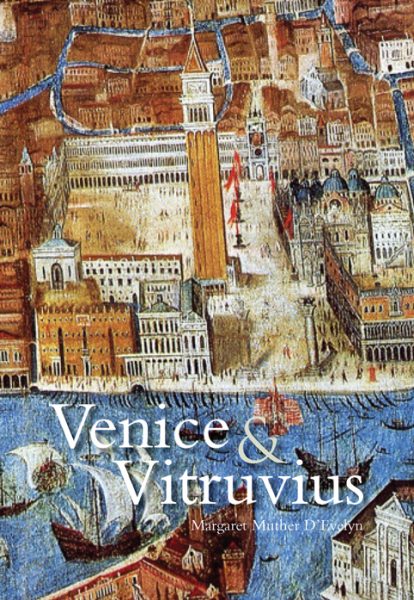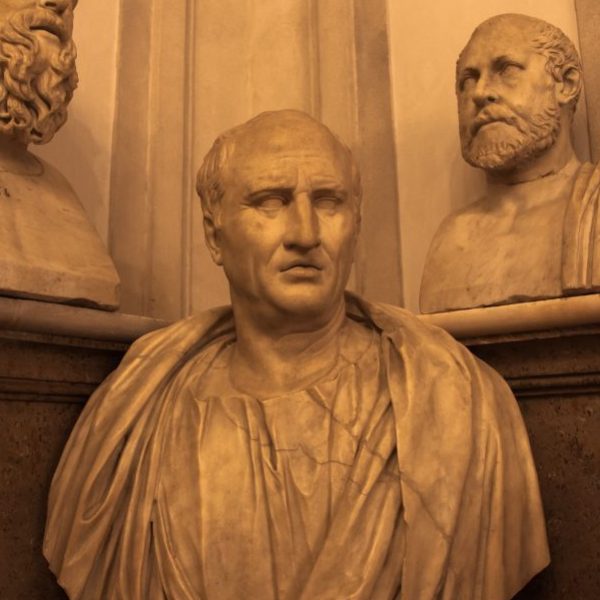Sustainable Venice
 When read together, Venice from the Water and Venice & Vitruvius present a multi-sided picture of the complex history and fate of the famous floating city of Venice. In many ways, the books complement one another, engaging in the same subject through different perspectives and offering interrelated conclusions. This dynamic can be discerned through an examination of a major theme at work in both books: sustainability.
When read together, Venice from the Water and Venice & Vitruvius present a multi-sided picture of the complex history and fate of the famous floating city of Venice. In many ways, the books complement one another, engaging in the same subject through different perspectives and offering interrelated conclusions. This dynamic can be discerned through an examination of a major theme at work in both books: sustainability.
Any examination of Venice must come to terms with questions of the city’s sustainability. It is no surprise that the city is undergoing serious restoration and Margaret Muther D’Evelyn’s preface to her book, Venice & Vitruvius explains the predicament:
Today the beauty and wonder remain, and yet things are not the same: the highest acqua alta levels in twenty years have been reported. New construction has raised small bridges and fondamente along the perimeter of the city, but the waters still come in.
Although this fundamental awareness is present in both publications, neither writer sounds the emergency alarm nor predicts the city’s demise. Actually, quite the opposite emerges. D’Evelyn’s work centers on the elaborate design project led by Renaissance architect Andrea Palladio (1508-1580) who, during the  design and construction of Venice, engaged in a comprehensive study of the writings of Vitruvius in order to build the city as foundationally sound as possible. The issue of sustainability was recognized by the architects and urban planners right from the beginning and played an enormous role in the city’s formation. Rather than a sense of terror at the rising tide levels, D’Evelyn reinforces the accomplishment of the Renaissance thinkers and architects that built Venice and the sustainability that they did, indeed, attain.
design and construction of Venice, engaged in a comprehensive study of the writings of Vitruvius in order to build the city as foundationally sound as possible. The issue of sustainability was recognized by the architects and urban planners right from the beginning and played an enormous role in the city’s formation. Rather than a sense of terror at the rising tide levels, D’Evelyn reinforces the accomplishment of the Renaissance thinkers and architects that built Venice and the sustainability that they did, indeed, attain.
In Venice from the Water, David Savoy explains that a mythological impression of Venice was the desired effect of an elaborate system of urbanism. His book outlines the phantasmic rituals, palaces that appeared to float, and climactic revelations of monumental buildings that created the perception among waterborne visitors of an aquatic domain governed by supernatural phenomena. As a city to be seen from the water the Venetians may have attempted to reify the “myth of Venice:” that their city was a miraculous creation founded by God. In terms of sustainability, Savoy is here interested in the Venetian attempt to sustain a supernatural quality to their floating city. In this way, the sustainability efforts made by the architects of Venice were practical, as told by D’Evelyn, and also metaphoric.


























